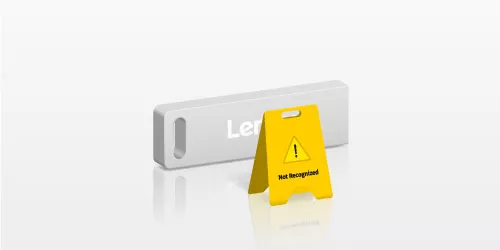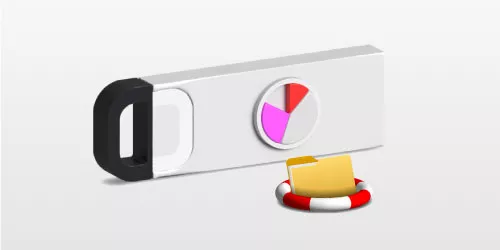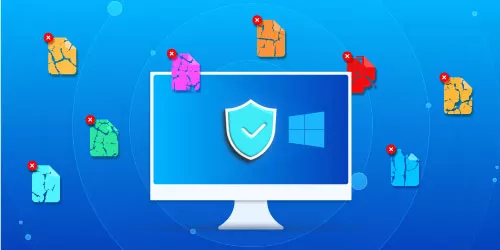Why Does My USB Transfer Speed Slow Down?
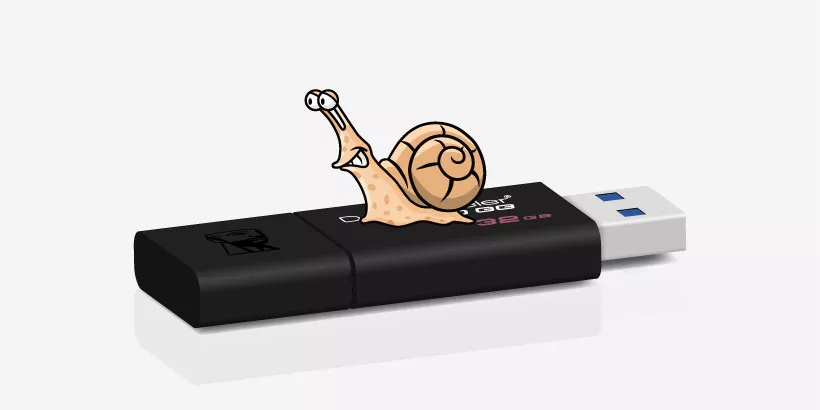
Have you ever experienced slow data transfer speed with USB flash drives? The time it transferred may take about one hour or more when you try to transfer files from the computer to USB drive. This is tiresome but most of users have encountered this issue. But why is my USB transfer speed so slow?
To address this issue, 6 ways have been collected for windows 7/8/10 users to speed up USB transfer speed.
1 : What may be the causes of USB slow transfer speed?
Generally, the USB transfer speed will slow down when you have one of the following issues:
- 1. Unstable power supply in the USB port.
- 2. USB port is old, not compatible with a new USB drive.
- 3. USB drive gets full, slows down in transferring files.
- 4. Bad sectors slow down USB.
- 5. USB file system slows in transferring big files.
2 : How can I make USB transfer speed faster for windows 7/8/10?
Method 1: Change USB Port
Most of users may connect the USB to the front ports on the desktop when transfer files.However, because of the long period the front ports of power supply have been used, they may become unstable and result to slow transfer speed.Connect the USB to the rear port can speed up your transfer speed.
You just need to unplug the USB drive(you should eject the USB drive from your computer safely first) and reconnect it to the computer's back (rear) USB port.

Method 2: Recover Data
If the USB drive is failing to read and write files, you may have bad sectors in your drive. It is the best way to back up data from your USB and format the drive to fix the bad sectors in USB so you can speed up your USB transfer speed.
Step 1: Connect the USB to your device and launch the data recovery software. Find the area that allows you to scan external drives and scan it,it will then begin scanning for lost files.
Step 2: What appears may differ depending on your chosen software, but you should see a list of data that has been recovered after the scan concludes.
Step 3: Once you've selected all of the data you'd like to recover, you can save it to a secure location on your device for easy access later.
Method 3: Convert the USB File System to NTFS
To do this, carefully follow the instructions below.
Step 1: Press Windows + R, and then type diskmgmt.msc on the open field.
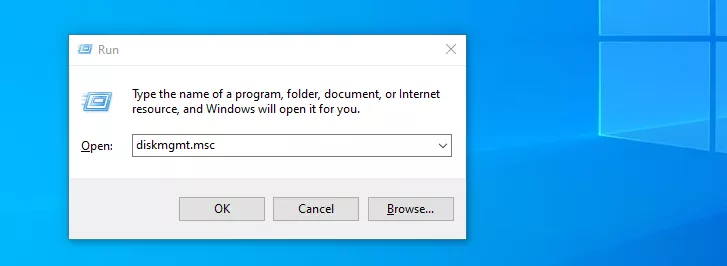
Step 2: Right click the partition you'd like and select the item Format
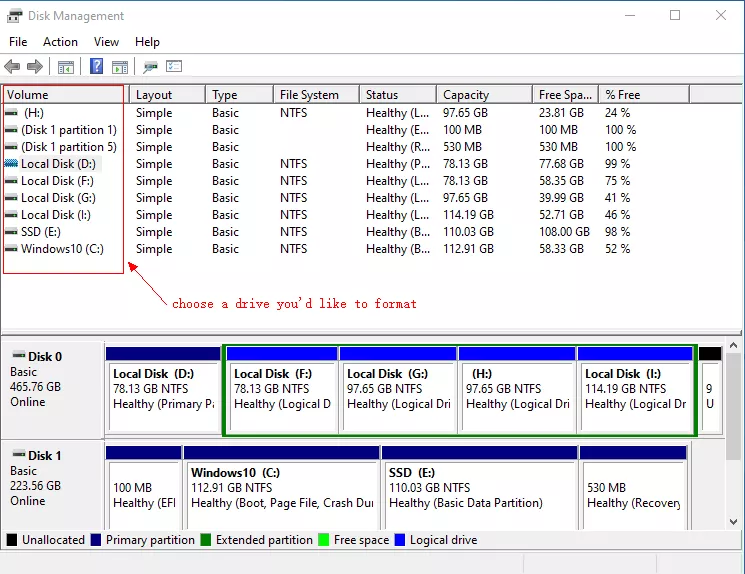
Step 3: Select the volume label and then select NTFS file system, Default the allocation unit size, then check Perform a quick format, and then click OK.
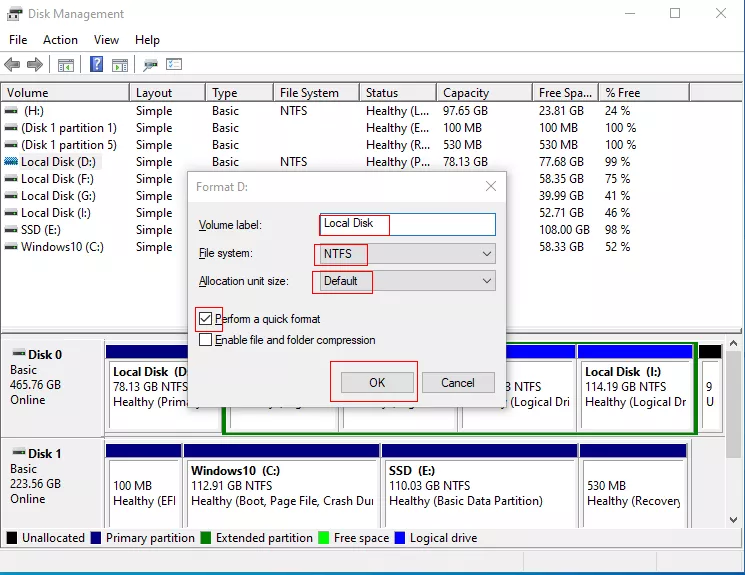
Method 4: Optimise Performance
It is a great way to boost transfer speeds if you optimise the overall performance of your USB.
Step 1: Type device manager into the search bar on the bottom of the desktop.
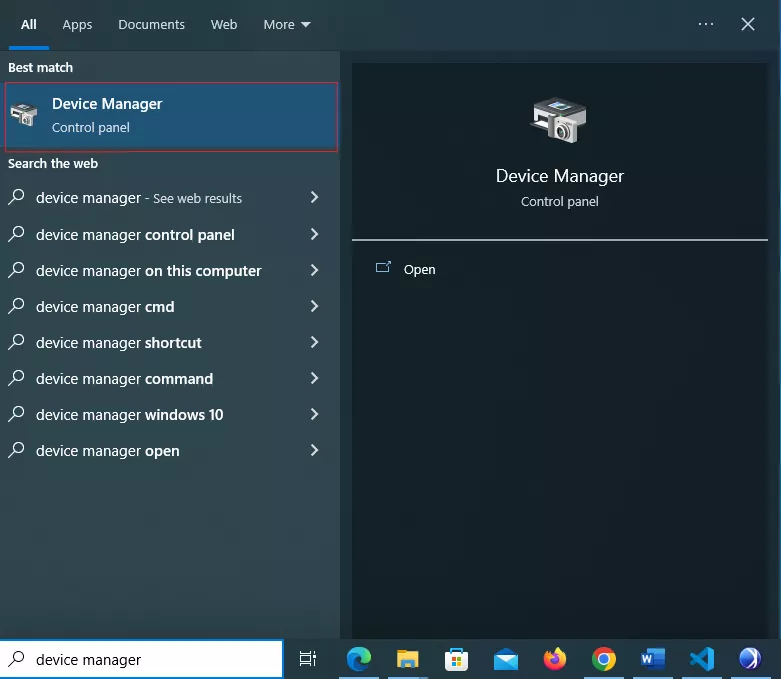
Step 2: Toggle down to Disk Drives and click to expand, here you should find your USB device, right click on it and select Properties.
Step 3: Choose the Policies tab, tick Better Performance, and then click OK button to apply the performance. After rebooting your computer, you'll notice improved read and write performance from the port itself.
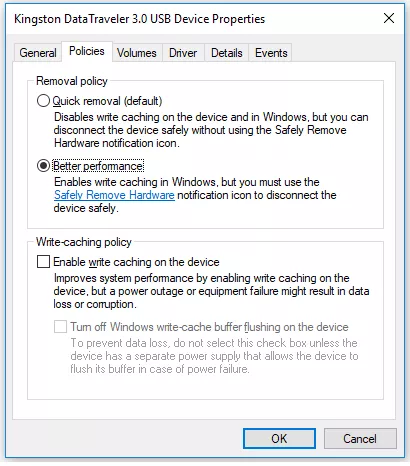
Method 5: Enable USB 3.0 Drive in BIOS
Step 1: Restart your computer, press F2 or Del key to enter BIOS when the computer is rebooting.
Step 2: In BIOS, use the left and right arrow keys to choose the Advanced tab.
Step 3: Use the up and down arrow keys to select USB Configuration and hit Enter.
Step 4: If the item USB 3.0 (or 2.0) Support is disabled, use the arrow keys to choose it and hit Enter.
Step 5: When the window displays, select Enabled and press Enter.
Step 6: Press F10 key to save the changes and then exit BIOS.
Method 6: Untick USB Root Hub
Generally, in order to save power, USB ports on laptops and desktops are set to "save state" by default, which may cause slow file transfer speed.
Step 1: Right click your icon This PC on your desktop, and then select the item Manage.
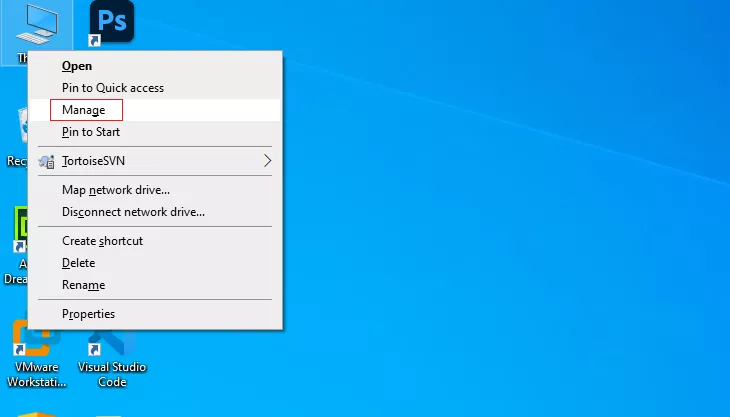
Step 2: Choose item Device Manager on the left side, and select Universal Serial Bus Controllers, a list will be displayed after your click. Double click the item USB Root Hub.
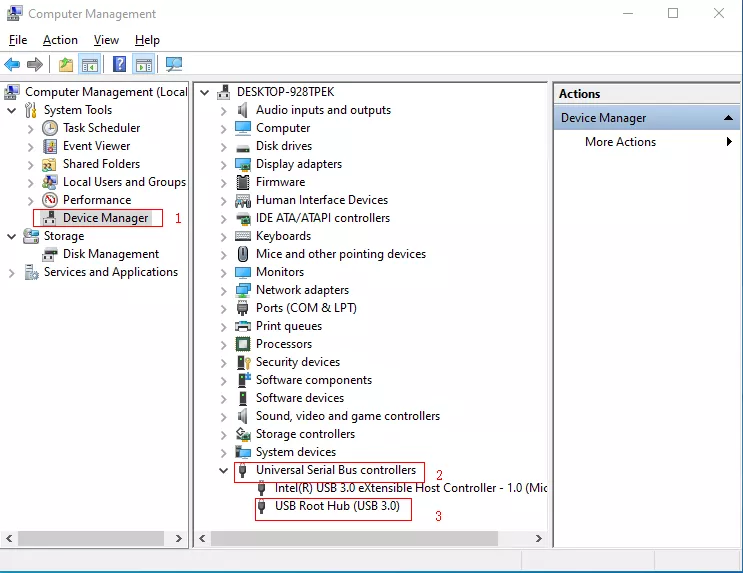
Step3: Choose the tab Power Management when you enter a new window, untick the checkbox to make the item disabled, and then click OK to confirm.
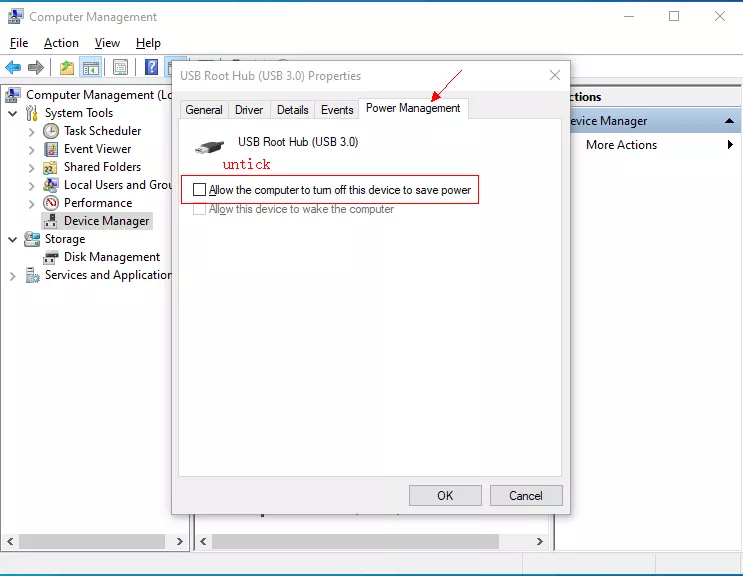
Bottom Line
With my experience, if the operations, such as using the rear port(or another computer), formatting the USB drive, don't work, it could be the possibility that the USB is damaged, and you might lose the data that you stored in your USB drive. It is reasonable that you don't use the USB drive anymore.



